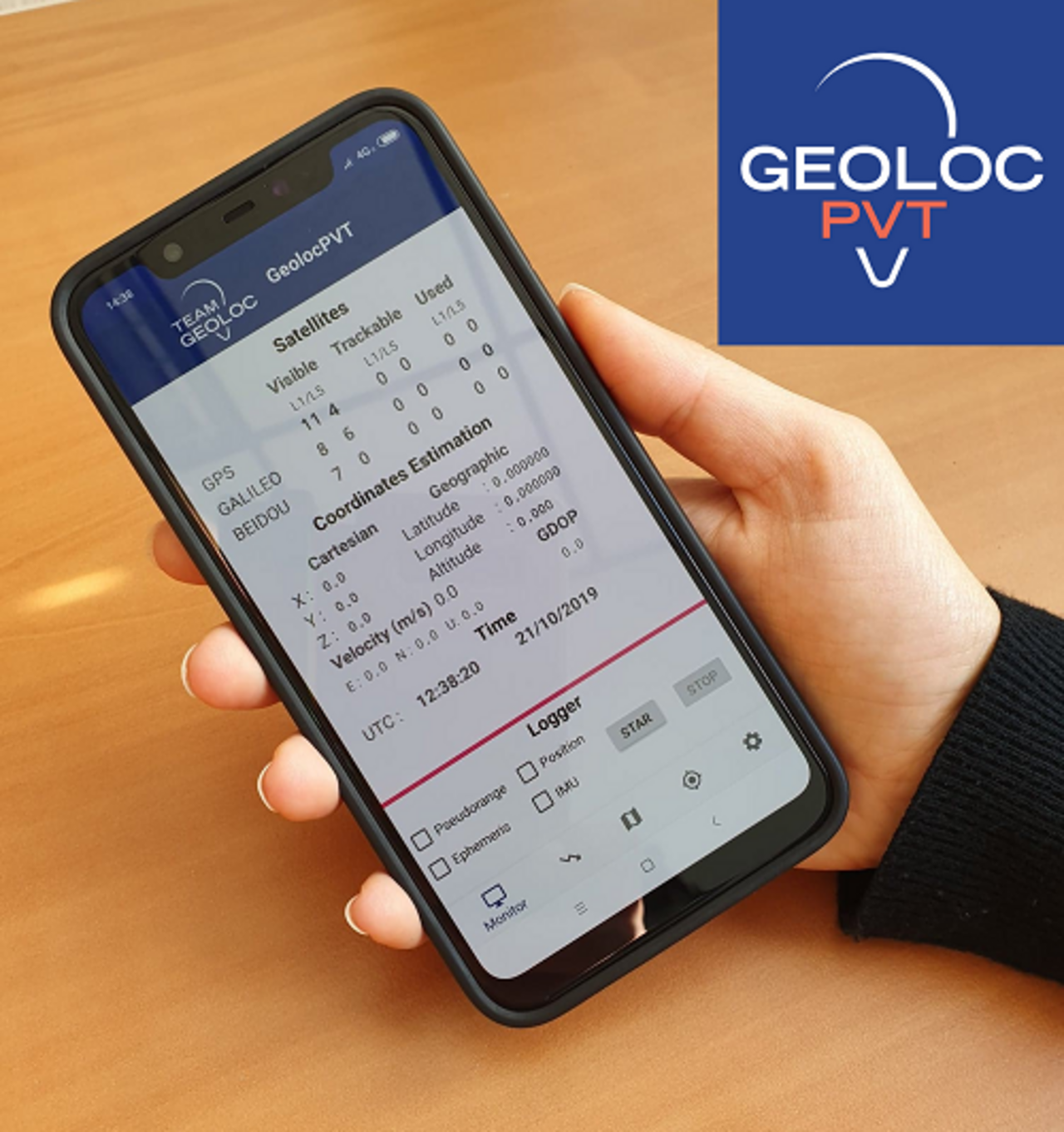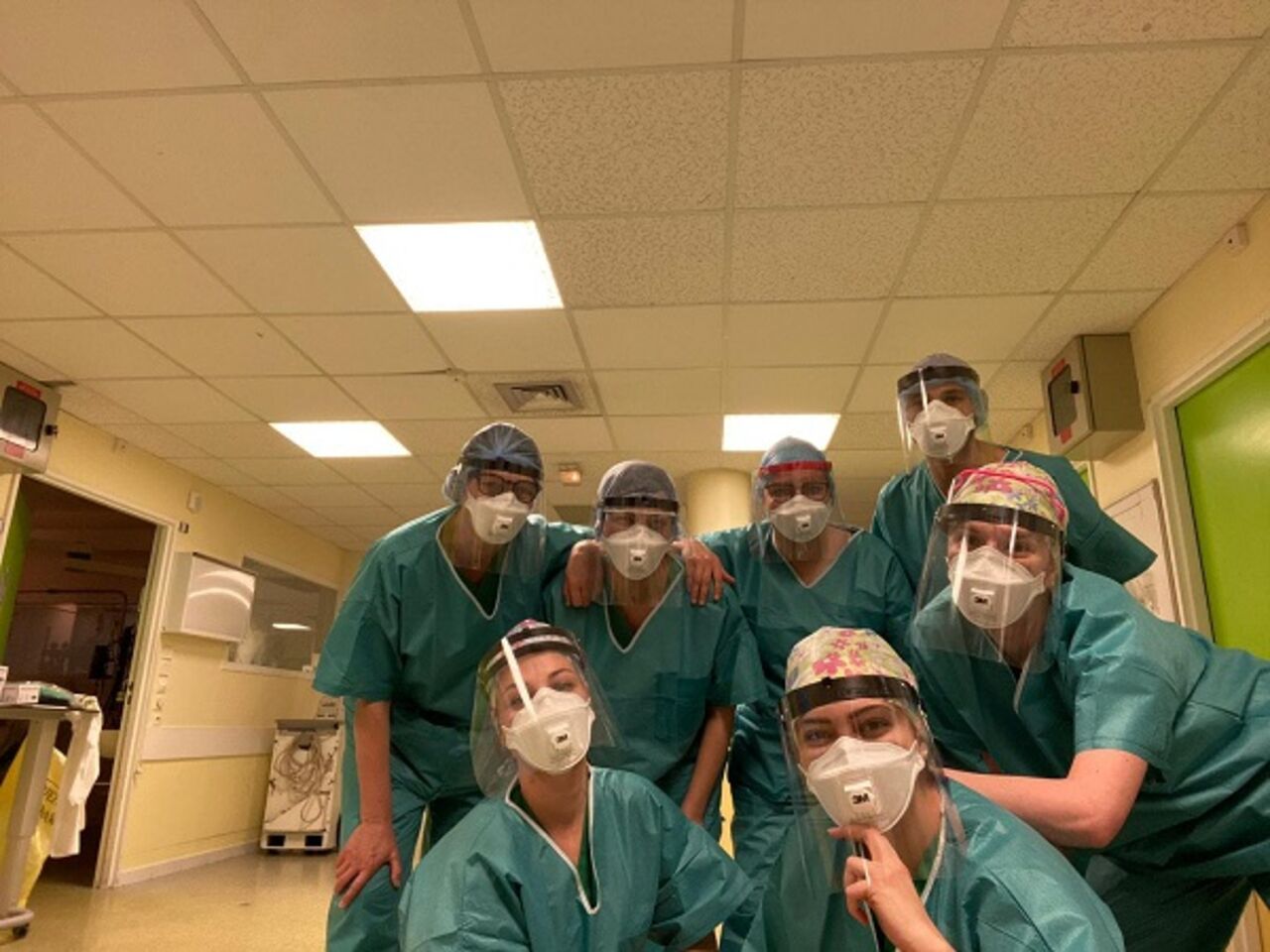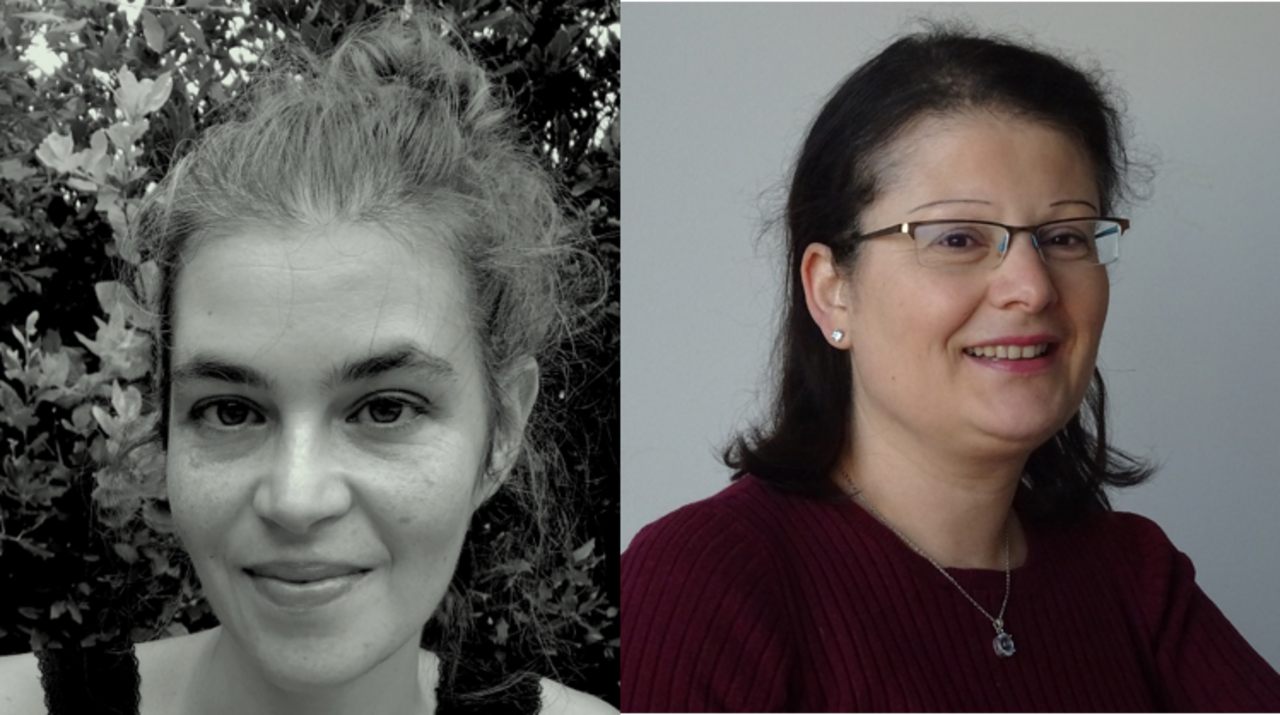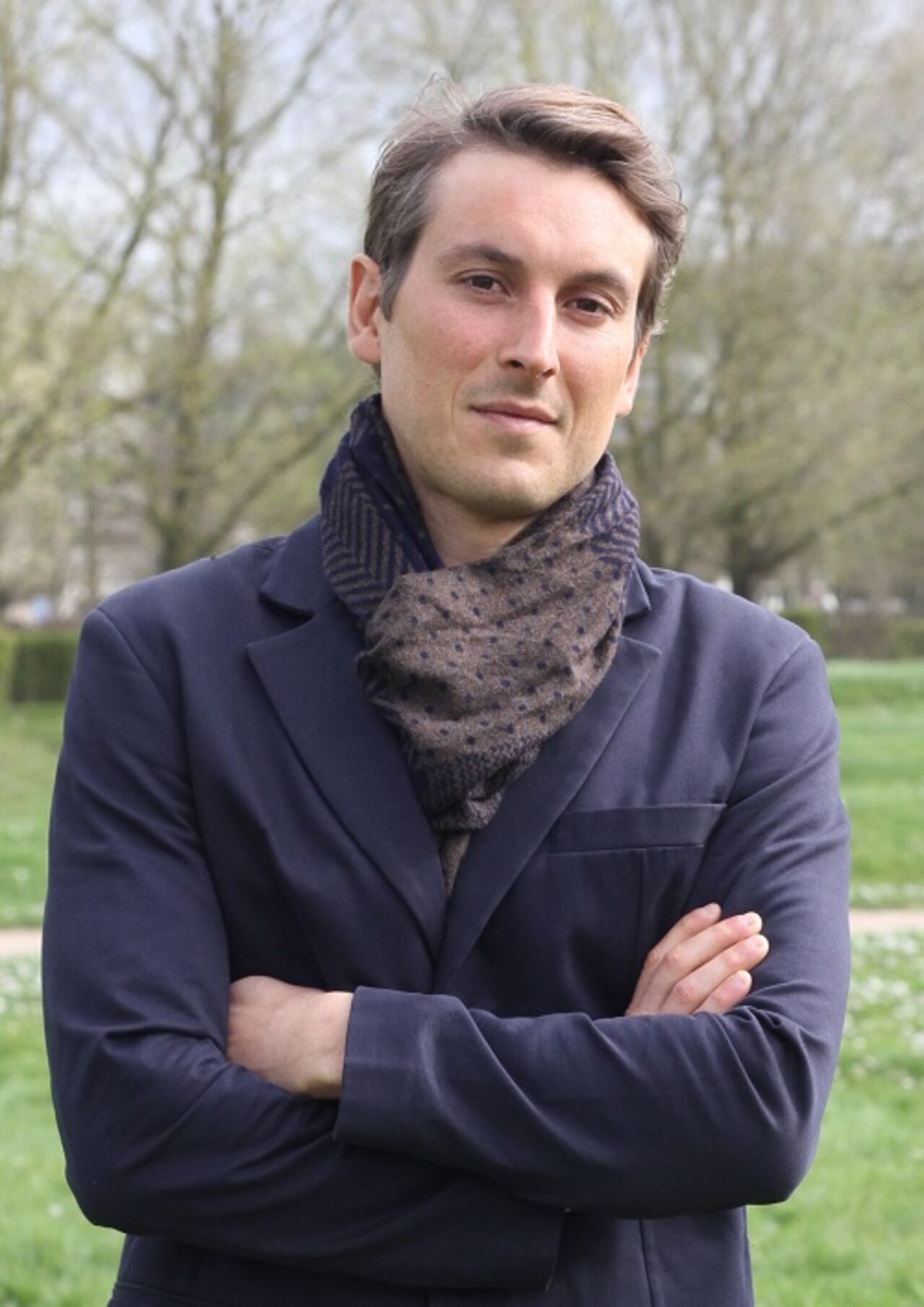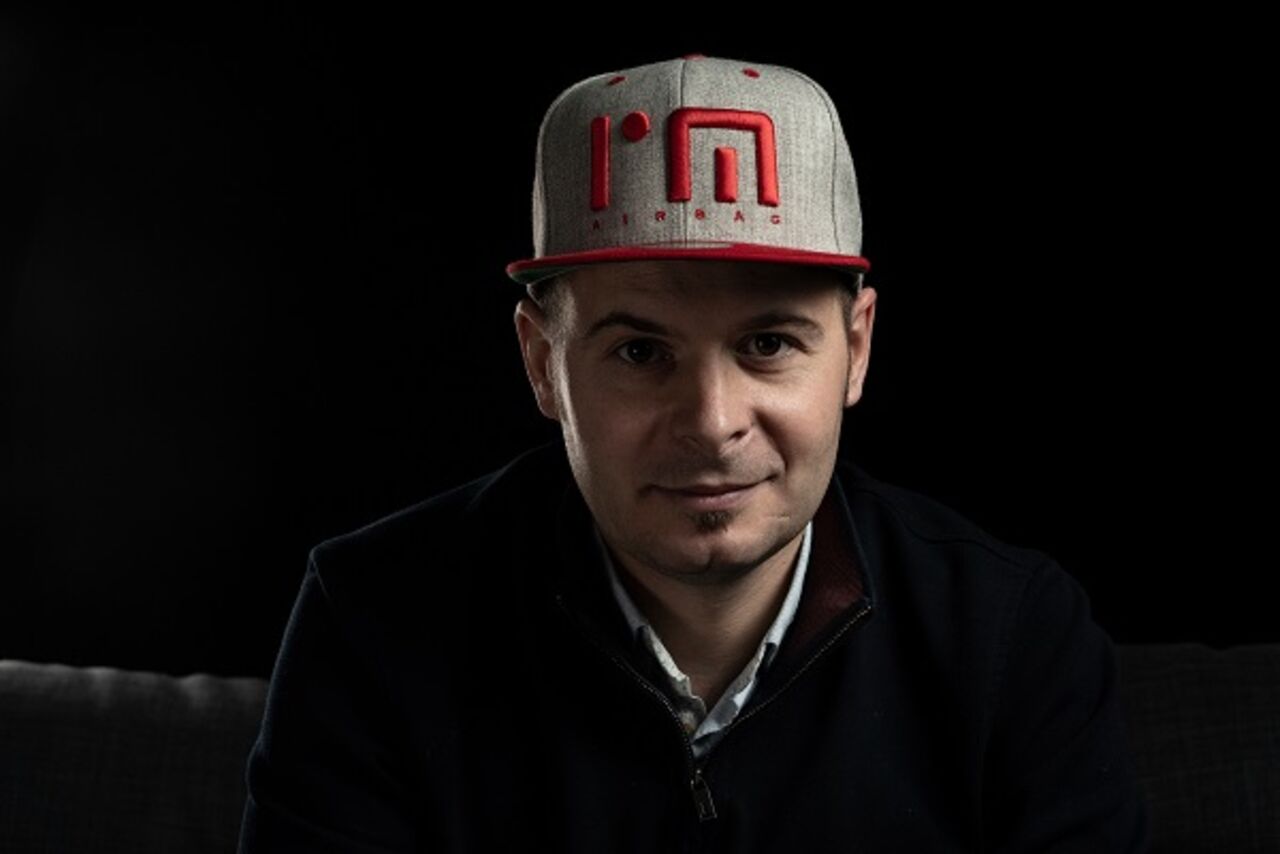GeolocPVT
The aim of the GeolocPVT project is to produce an Android application capable of collecting and calculating an exact position using GNSS (Global Navigation Satellite System) raw data sent by satellites. The advantage of this tool is its control of the entire calculation chain for geographical coordinates and tracking calculation, along with the addition of new quality indicators which are essential for critical mobility applications (emergency services, self-driving cars, etc.). Thanks to GeolocPVT, anyone will be able to use the application or integrate it as an effective geo-tracking module to their own application. This would allow users to bypass the geo-tracking calculation engine provided by Google and thus gain control over the privacy of their personal data.
This project contributed to the GNSS Raw Measurements Task Force steered by the EU Agency for the Space Programme (EUSPA), launched further to the access to raw GNSS data by Android in 2016.
The current code is under LGPL-3 open-source licence and available on the GitLab of the GEOLOC laboratory. The availability of GeolocPVT via Google Play Store will establish Université Gustave Eiffel as a pioneer in precise positioning via smartphone GNSS signal measurement and will democratise its industrial, educational and research use. It will also meet the requirements of the European Commission to disseminate knowledge of the Galileo positioning system.
For more information
Biophonics
Elastic meta-materials are phononic crystals made up of units which present localised resonance phenomena and behave macroscopically like elastic solids. During the passage of an acoustic wave, when the elementary components of these materials are chosen adequately, the localised resonance phenomenon enables a transfer of acoustic energy towards an inlay which begins to vibrate. This group of insulating materials helps to attenuate low-frequency waves, where standard porous-type media are ineffective at reduced thickness and low frequencies. The project aims to replace the petroleum-sourced materials of these composites with non-polluting, bio-sourced materials, which contribute to a circular economy while optimising their structures and properties to reduce low-frequency and wide-band acoustics and vibrations.

